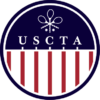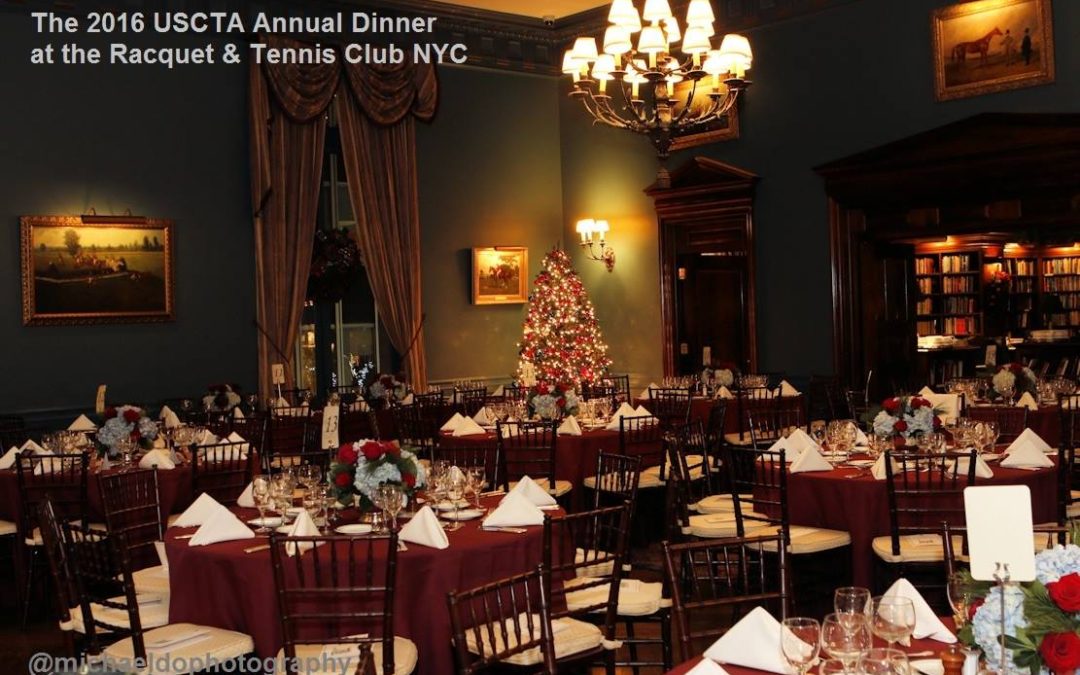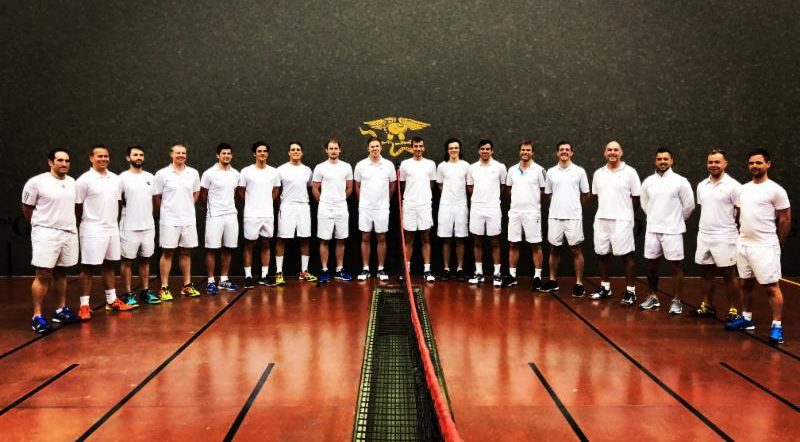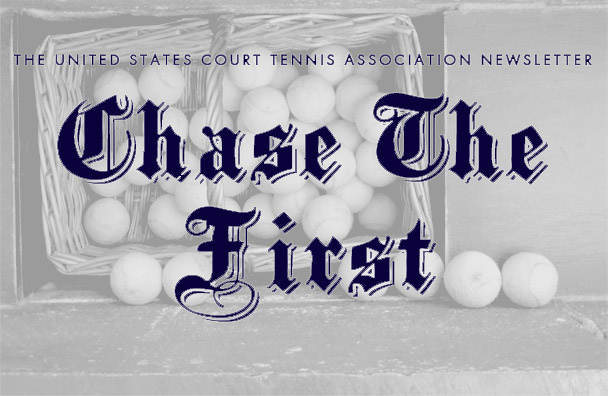By James Zug
Photos by Michael Do
The Racquet & Tennis Club hosted the nineteenth annual United States Court Tennis Association dinner and auction during the traditional mid-December Whitney Cup.
More than two hundred people attended the dinner, which was chaired by Brian Owens and Dan Laukitis. It was the largest annual dinner since the USCTA’s 50th anniversary celebration in 2005. It was also the first dinner in which everyone paid in advance by PayPal.
A splendid cocktail hour started the evening. Peter di Bonaventura brought numerous photographs and trophies from Greentree, which dotted the main reading room at the club. Guests reunioned with old friends and browsed the extensive silent auction items. Besides the usual offerings of lessons with some of the world’s leading professionals, a few unique artifacts included a giant photograph of the famous flagstone floor at Hatfield House by Anglo-American Freddy Adam and a complete set of hand-stitched balls representing history’s two dozen world champions by Adrian Camacho.
Jeremy Wintersteen, the president of the USCTA, started the dinner proceedings in the South Lounge by thanking everyone for coming to New York and declaring that the state of the Association was strong. He then asked for a moment of silence in honor of those USCTA members who had passed away during the previous year: Ronnie Dick, Hastings Griffin, Bill Hook, Andy Jackson, Dinny Phipps, Alex Salm, Jay Schochet and Chuck Thomas.
Peter Pell, the Whitney Cup tournament chair, welcomed everyone to New York for the eighty-third Payne Whitney Memorial Intercity Tennis Doubles Cup. As is now tradition, he read out the names of the first-time Whitney Cup players: Peter Dunne from Chicago and Drew Courtney and Will Hopton from Washington.
Peter di Bonaventura, from the Whitney family, then spoke about old and new memories of the famous court at Greentree, having just played tennis there earlier in the week.
During dinner James Zug, chair of the USCTA’s Awards Committee, announced the winners of the Association’s annual awards. Professional of the Year went to Camden Riviere, the new singles world champion. It was especially fitting that Riviere received it in the presence of Jimmy Bostwick, as Bostwick was last American before Riviere to be world singles champion.
The George Plimpton Prize for artistic excellence was given to Charlie Johnstone. Earlier this year Johnstone published East Court, a well-received book of photographs of the R&T’s legendary court. As is tradition, Johnstone was not only given a silver tray as a token of the award, but also a first-edition, signed copy of one of Plimpton’s book (A Sports Bestiary). Johnstone has been the founder and guiding spirit of the Plimpton Prize since it was created after George Plimpton’s death in 2003.
The H. Dickson S. Boenning Award for sportsmanship was given to Peter Pell. An avid player, Pell, the chair of the R&T’s Games Committee, is well-known for his fair and gracious play. The story was told of when Pell was inadvertently hit hard in the head by his partner during a match at the opening of the Chicago court. He continued to play on, only going to the hospital for stitches after the end of the match. Dick Boenning, Jr. was on hand to help honor Pell.
Jeremy Winteresteen gave the 2016 Edward J. Hughes/John E. Slater Award to James Zug. Zug has been on the Board of the USCTA since 1998, representing New York, then Washington and finally Lakewood before becoming an at-large representative. He has served as editor of the Annual Report, secretary and vice president, and has chaired the communications, professional and awards committees, as well as serving on scheduling and player development committees and writing numerous articles.
The Most Improved Player Award went to Ben Stein. Playing in New York, Stein last season went from a 24 to an 18 handicap in singles and a 26 to a 12 in doubles.
The Most Improved Junior Player Award went to Peter Dickinson. Playing in Newport, Dickinson went from a 47 to a 37 while recording seventy matches on RTO in a year’s time. Dickinson also was a formidable player on the U.S. junior tour of England this past summer. He was unable to make the dinner as he was tossing a shutout as a goalie in an important ice hockey game in Rhode Island.
The Robert M. Goodyear Award for hospitality was given to Beth Winthrop. A keen player, former parent-child national champion with her son Pat Winthrop and current mixed doubles champion, she has often hosted players and social events, particularly during the summer in Newport. Winthrop is well known for her wonderful cooking, warm personality and passionate support of the game.
The Junior of the Year Award went to Erik Barker. A sixteen year-old in Washington, Barker recorded fifty-four matches in the past twelve months. Barker’s handicap has dropped in recent years—he was a 31 a year ago and is now a 25. Last summer he won the U18 title at the British Junior Nationals and currently he is the holder of the U17, U19, U23 and U26 U.S. national singles titles.
On the occasion of his seventieth birthday, Temple Grassi was honored with a surprise announcement: the Junior of the Year Award will henceforth be known as the Grassi Family Junior of the Year Award in honor of Temple and Ellie Grassi. A custom-made racquet from Gold Leaf, emblazoned with “The Ambassador” was also given to him. In the past decade Temple and Ellie Grassi, through the Thornedge Foundation, have become great philanthropic supporters of junior tennis, doing an incredible amount of good for the joint USCTA & USCTPF player development program.
The final awards were inductions into the International Court Tennis Hall of Fame.
Jimmy Bostwick introduced his late cousin Dinny Phipps. Bostwick spoke about Phipps’ lawn tennis resume (reaching the semis as a junior of the schoolboy nationals at Kalamazoo), squash career (playing at Deerfield and Yale) and his tremendous court tennis accomplishments. Phipps, Bostwick said, was one of the best doubles players in the world, with extraordinary hand-eye coordination, a killer instinct and deep sportsmanship—when forcing for the dedans, Phipps often shouted out “coming in.”
Dinny Phipps’ son Odgen Phipps accepted the award on behalf of his father who died this past spring. In addition to recounting his father’s love of tennis, Phipps told a story of his father heading to the tennis club in Paris for an important match, only to go to the wrong address and ending up at a museum and being disqualified for arriving late.
Ed Hughes then introduced Barry Toates. Hughes is a former USCTA president and the creator of the International Court Tennis Order of Merit, which is now the Hall of Fame. He spoke eloquently about the former professional. In his pursuit of perfection, Toates mastered the demi-pique serve like no other. Toates captured ten Australian Open singles titles and three Australian Open doubles titles, along with his one U.S. Open singles, two U.S. Open doubles, a Jimmy Dunn and a Tiffany Cup.
Toates began his career as a fifteen year-old apprentice to Brian Church in Cambridge; at age eighteen he moved to Hobart in 1967; then Boston and Newport for a decade; then to Melbourne and finally back to Hobart, where he retired last summer after fifty-two years of service. It was estimated, Hughes said, that he had sewed sixty thousand tennis balls and given twenty-five thousand lessons. “He was the quintessential professional,” Toates said, “treating everyone with generosity and equianamity.”
To a standing ovation, Toates then spoke warmly of his life in tennis. He told of coming to the U.S. for the first time in 1976 and traveling to tournaments with Tommy Greevy; of working at the Tennis & Racquet Club before the elevator was installed; and of his years in both Boston and Newport. In particular he mentioned his friendship with Dinny Phipps and a wonderful story of marking a match in which Phipps unexpectedly crashed through the marker’s box going after a ball. “That footwork probably saved your life,” Phipps said.
At the conclusion of the evening, Brook Hazelton served as auctioneer for the Association’s annual auction. Twelve lots were auctioned off. Notable items amongst the golf outings, wine tastings, game shooting and weekends at Saratoga, were a week in Howard McMorris’ flat in London, a photograph by Charlie Johnstone and a weekend in Charleston.
Because of Hazelton’s professional abilities and the exceptional quality of the lots, the auctions raised more than $35,000. The monies will be used to match contributions this December and January to the efforts to build the court in Charleston.
PHOTOS BY MICHAEL DO
-
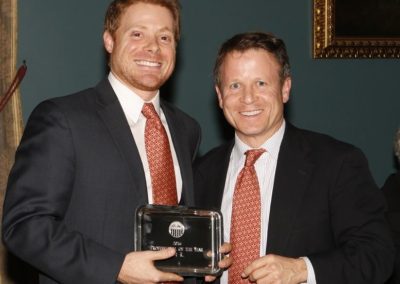
Pro of the Year - Camden Riviere with Jeremy Wintersteen
-
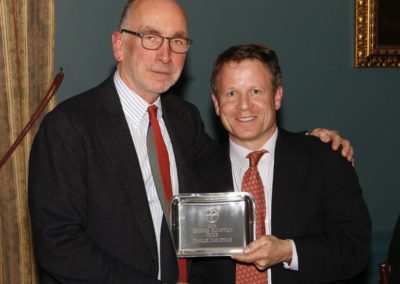
Plimpton Prize - Charles Johnstone with Jeremy Wintersteen
-
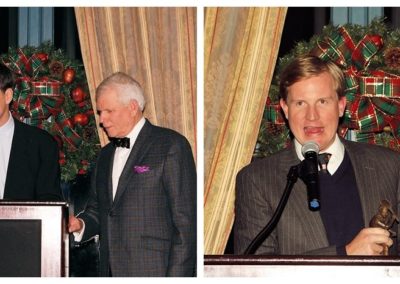
Boenning Trophy - Peter Pell (left) with Jim Zug and Dick Boenning
-
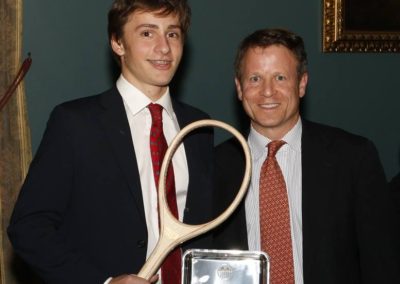
Junior of the Year (Grassi Trophy) - Erik Barker with Jeremy Wintersteen
-
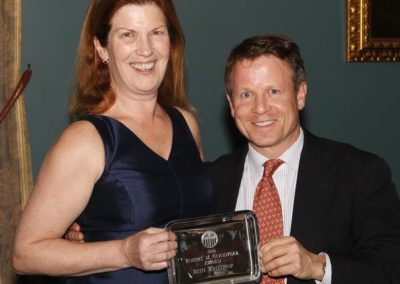
Goodyear Award - Beth Winthrop with Jeremy Wintersteen
-
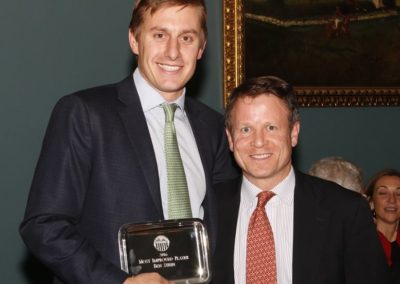
Most Improved Player - Ben Stein with Jeremy Wintersteen
-
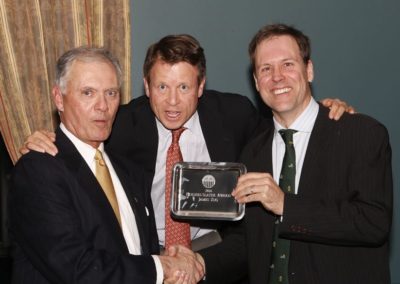
Hughes Slater Award - Ed Hughes & Jeremy Wintersteen presenting to Jim Zug
-
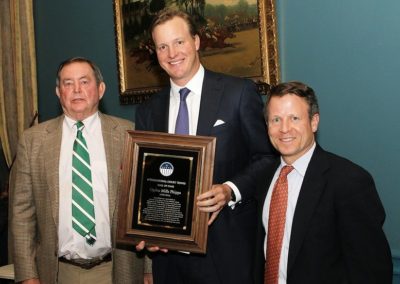
Hall of Fame Induction Ogden Mills Phipps "Dinny"- Jimmy Bostwick, Ogden Phipps - accepting on behalf of his father and Jeremy Wintersteen
-
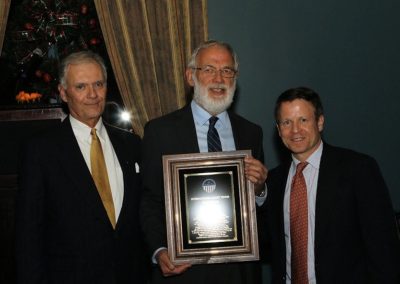
Hall of Fame Induction - Barry Toates - with Ed Hughes and Jeremy Wintersteen
-
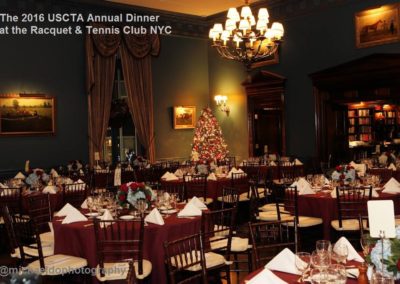
-
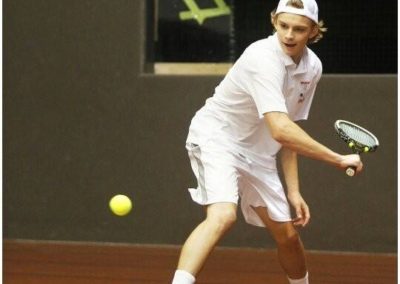
Most Improved Junior - Peter Dickinson
